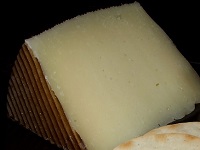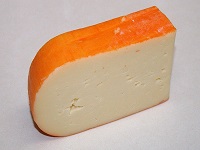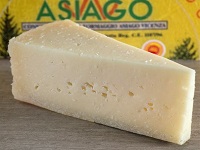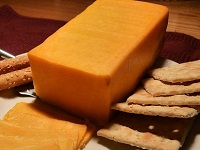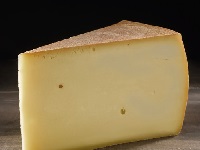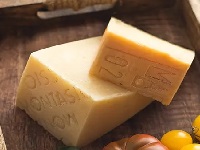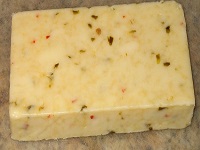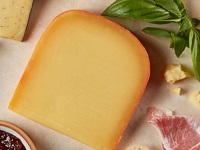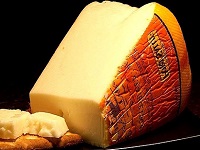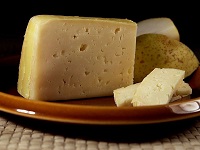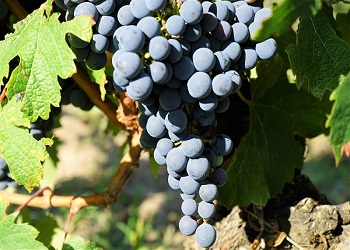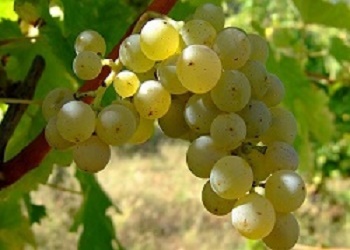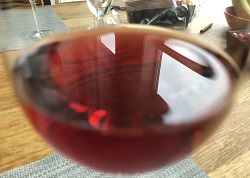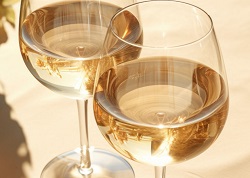Garnacha (Spain)
Spanish Garnacha (Garnatxa in Catalan) is the same as French Grenache.
Garnacha Flavors
Cherry |
Raspberry |
Strawberry |
Black Cherry |
Herbs |
Pepper |
Licorice |
Plum |
Oak Added Aromas
Vanilla |
Cinnamon |
Coffee |
Tobacco |
Garnacha is known for its aromatic intensity of ripe red fruits such as cherry, raspberry, and strawberry, complemented by hint of spices and earthy undertones.
Depending on terroir and winemaking, additional aromas can include pepper, licorice (anise), and herbs (thyme and rosemary).
Garnacha Profile
Garnacha has medium acidity and smooth tannins:
The wines can range from light and fruity to full-bodied and robust, with a smooth texture and moderate acidity. High alcohol content is common due to the grape's ability to accumulate sugar.
| SUGAR: | Dry (3 g/l) |
| BODY: | Medium - Light |
| TANNINS: | Medium |
| FRUIT: | Medium |
| ACIDITY: | Medium |
| ALCOHOL: | 15% ABV |
|
Sugar: 5 g/l Serving temperature: 14-15°C (57-59°F) | |
Garnacha Food Pairing
Garnacha wines should be paired with rich flavors.
Garnacha pairs perfectly with rich Stews, Casserolle, Marinated Asian, BBQ and Grilled Meat.
Tapas |
Salami |
Ham |
Rich Pizza |
Hamburger |
Duck |
Casserolle |
Stew |
Pork |
Lamb |
Game |
Meat |
Excellent Pairings
Rich Pizza. Hamburger. Stews. Casserolle. Goulash. Sausages. Pepper Sauce. Asian Marinated Dishes. Lamb. Lamb Shanks. Game in Cherry Sauce. Roast. BBQ. Pork. Game. Duck. Roasted Duck with Plum.
Cheeses
Manchego. Cheddar. Gouda (Smoked). Pecorino. Asiago.
Spanish Specialities:
Tapas. Chorizo (Spicy Pork Sausage).
Gazpacho (Cold Vegetable Soup).
Pollo al Ajillo (Garlic Chicken).
Paella (Rice dish with Rabbit, Chicken, or Duck).
French Specialities:
Oxtail Bourguignonne.
Confit de Canard (Duck Confit).
The Ideal Glass for Garnacha
The Burgundy Glass is for swirling & releasing the wine aromas.
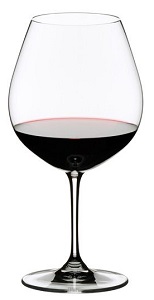
|
The shape of the glass captures and directs the delicate aromas to your nose
and leads the wine to the tip of your tongue for a better reception of the tastes.
The Burgundy glass was designed for the delicate and aromatic red wine Bourgogne Rouge, made from Pinot Noir grapes in Bougogne (Burgundy). |
Garnacha Cheese Pairing
If You Like Garnacha
You Might Also Like:
About Garnacha
Garnacha is one of the most widely planted wine grapes in the world. The grape is called:
- Garnacha in Spain
- Grenache in France
- Cannonau in Italy (Sardinia).
Garnacha is said to be native of Aragón in Spain.
From Spain it travelled to Languedoc-Roussillon in France, then to the Rhône Valley, and then finally to Sardinia in Italy.
The grape ripens late and needs hot and dry conditions (as in Spain and in South of Italy).
Region Aragón
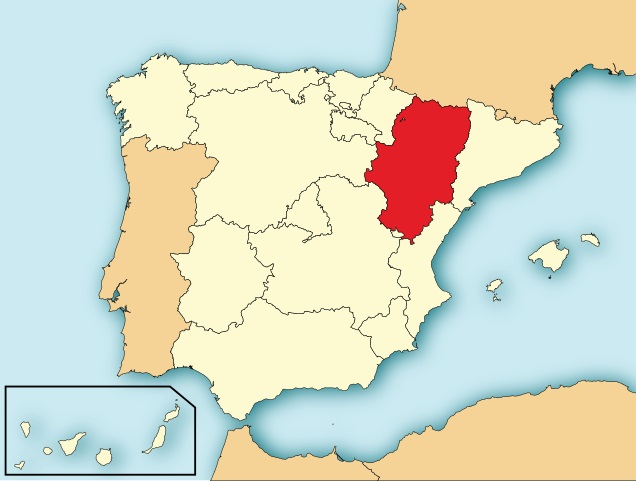
Aragón is located in northeastern Spain between Rioja and Catalunya.
The wines from Aragón are similar to those of Rioja but less expensive.
They are generally fresh and fruity and considered to be good Spanish value options.
Red wines dominate the production with focus on Garnacha sometimes blended with Tempranillo or Syrah.
Aragón DO Regions
DO Campo de BorjaDO Calatayud
DO Cariñena
DO Somontano
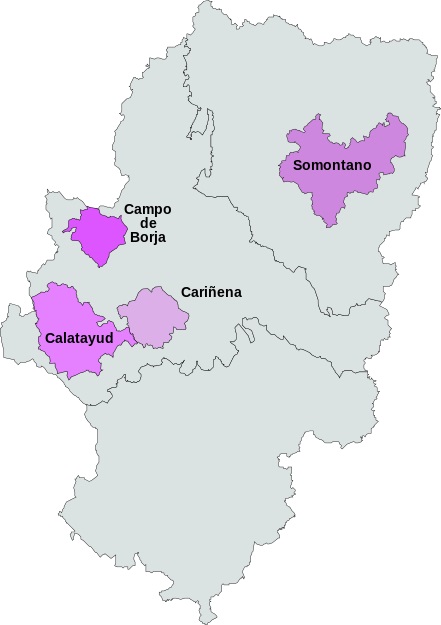
Black Grapes
53% Garnacha |
White Grapes
4% Chardonnay |
Red Wines
|
White Wines
|
Soil
Hilly |
Climate
Hot and Dry |
